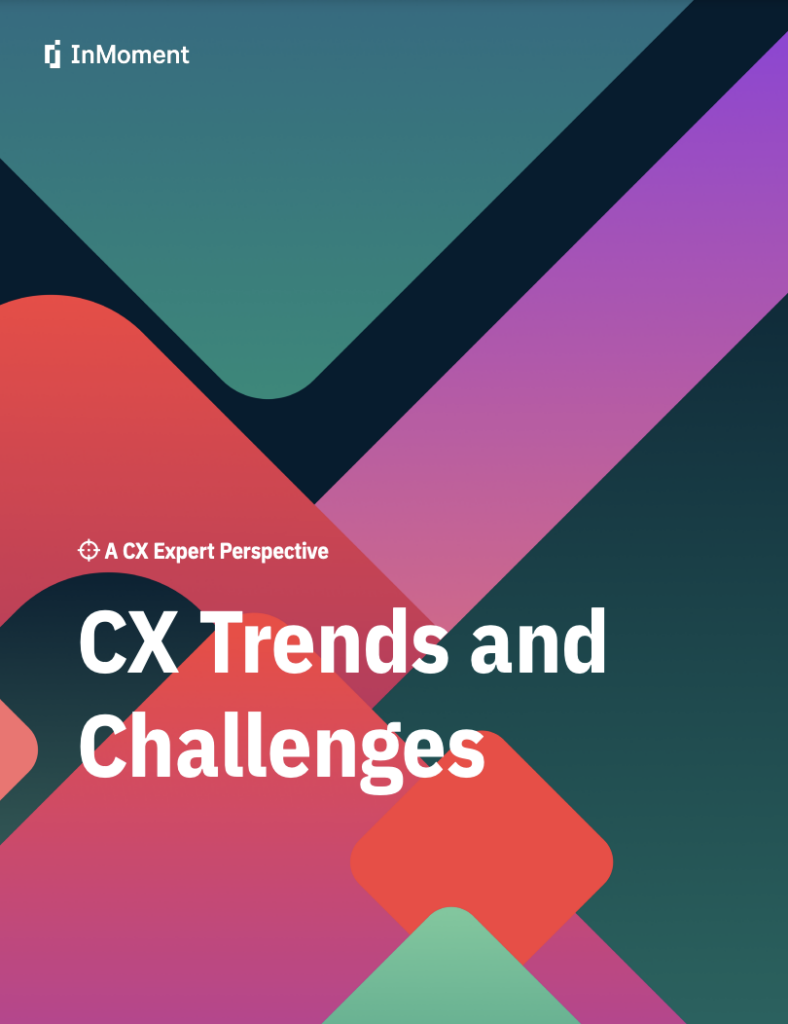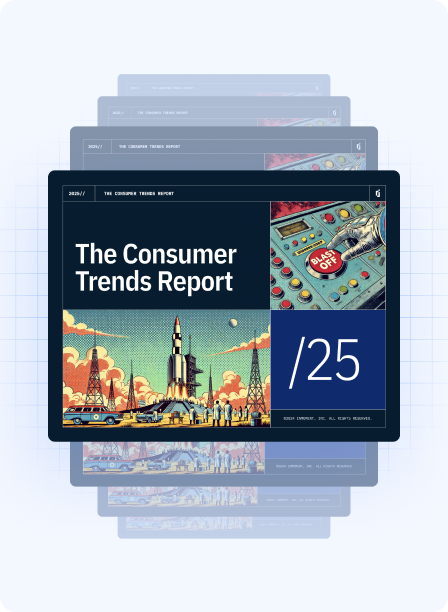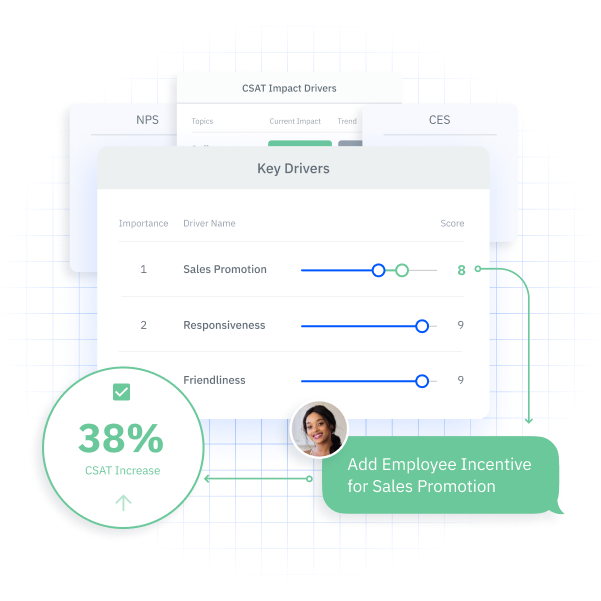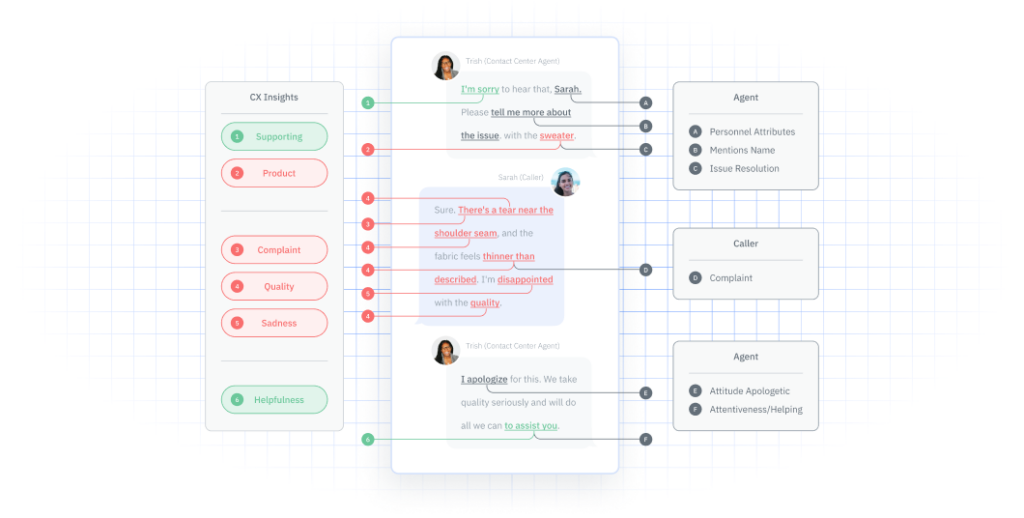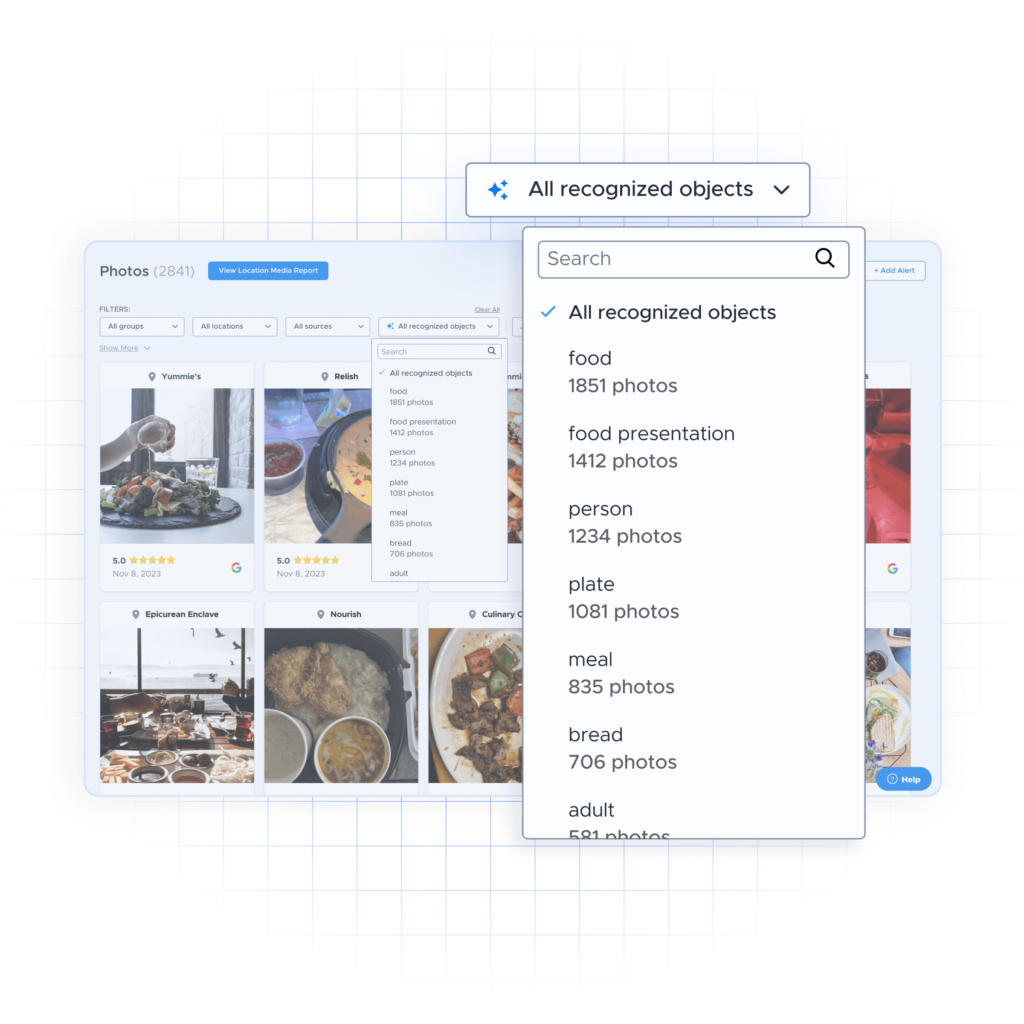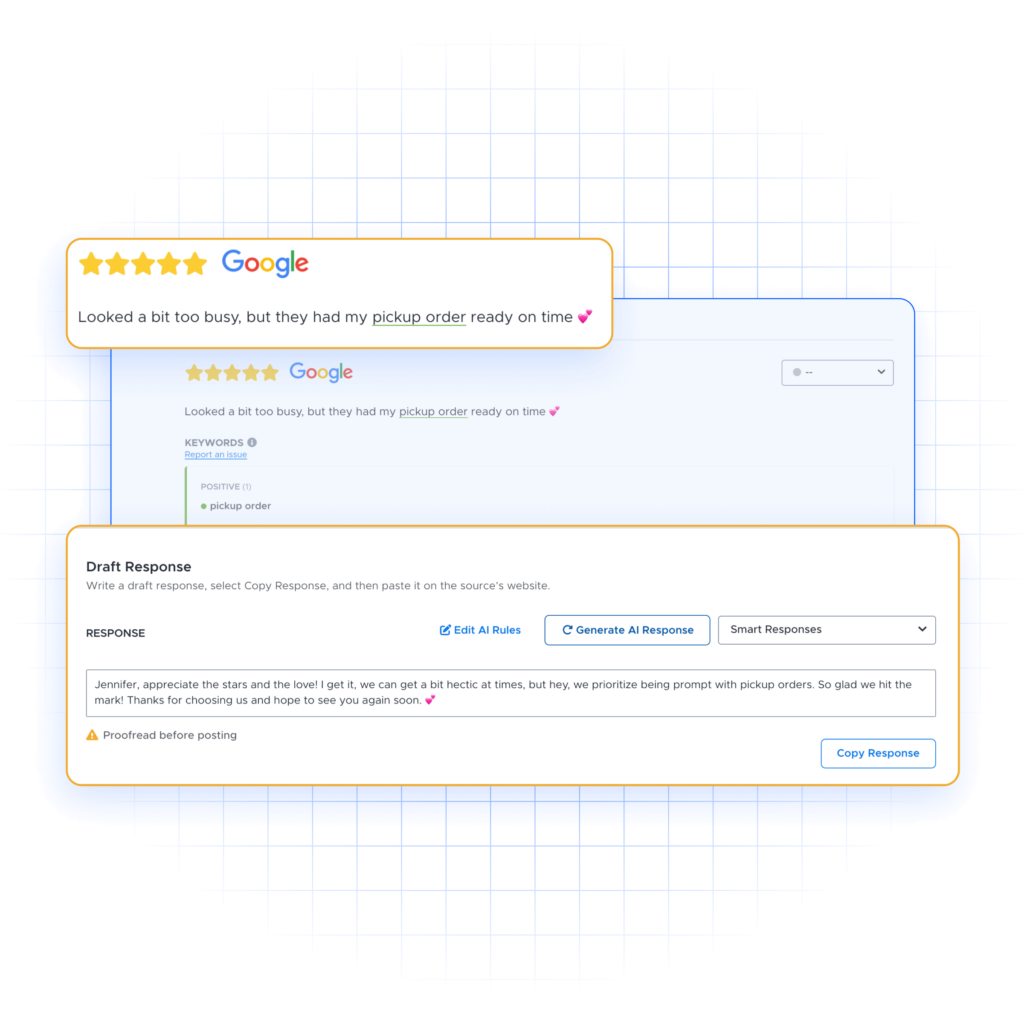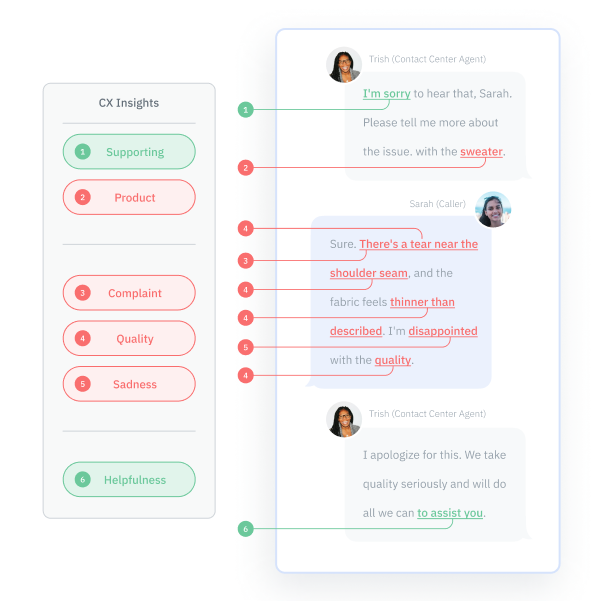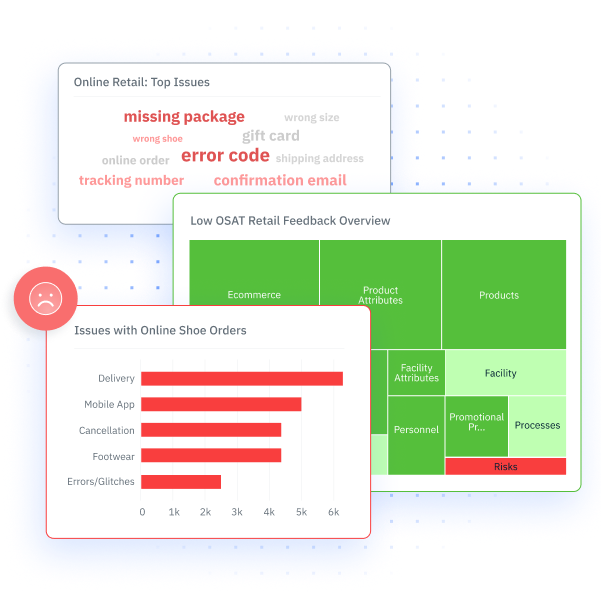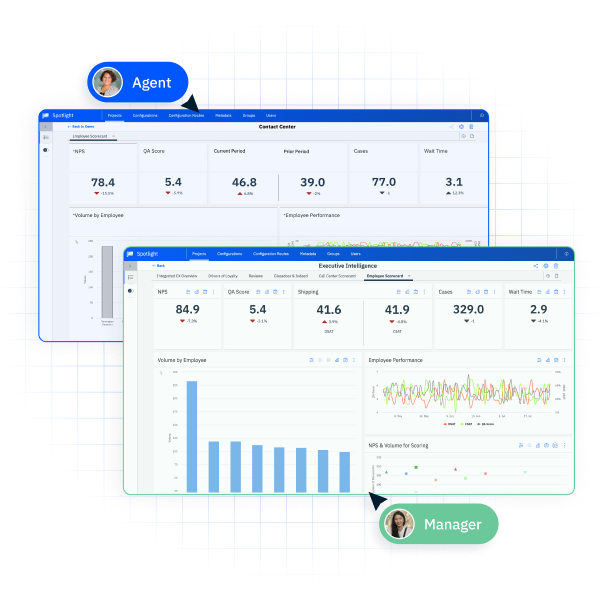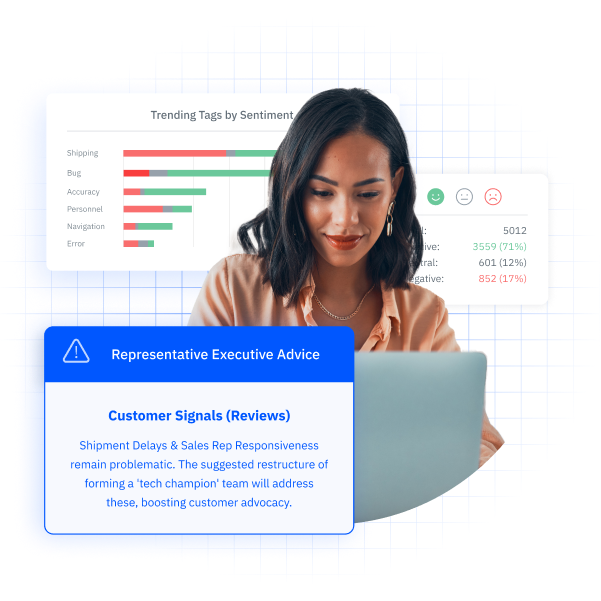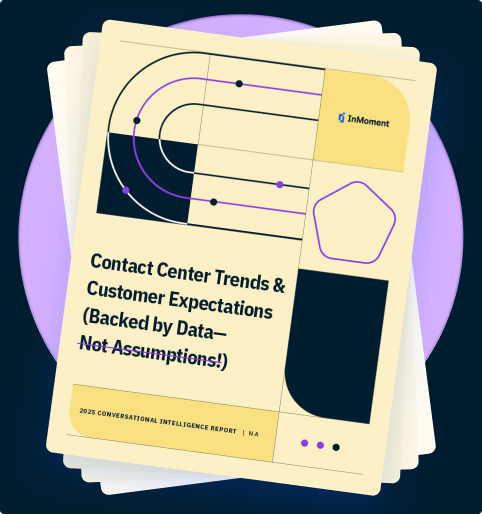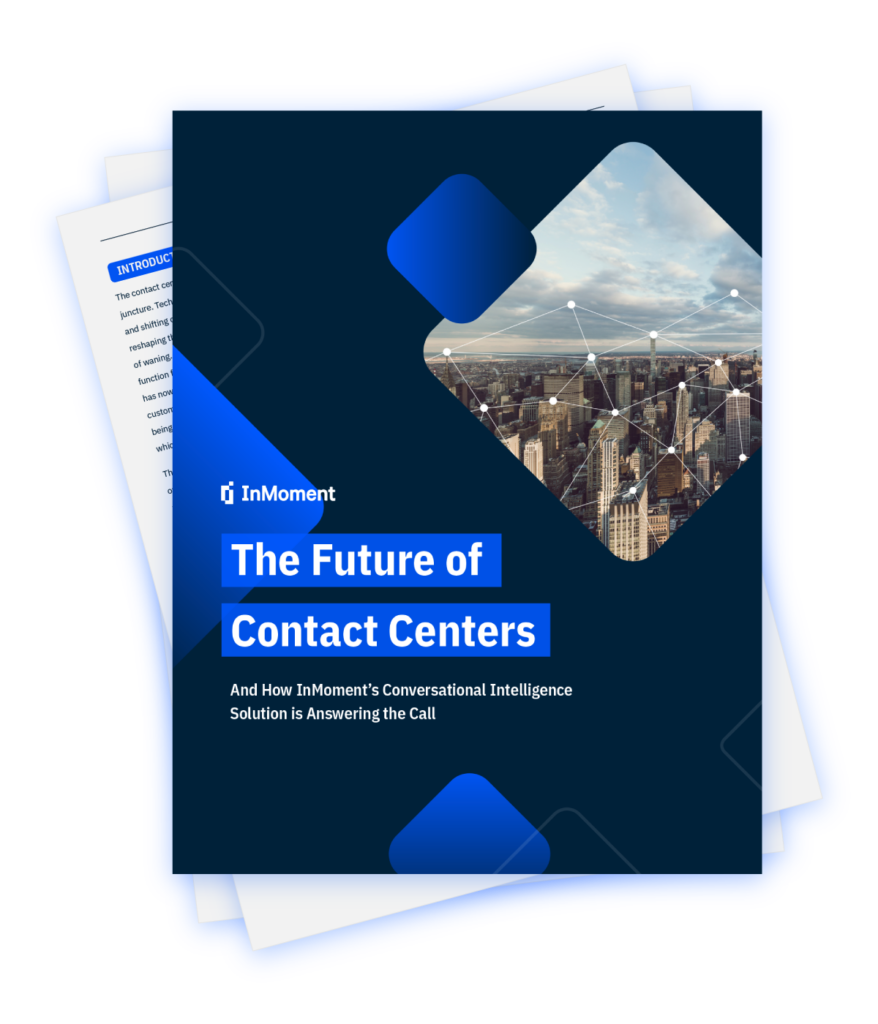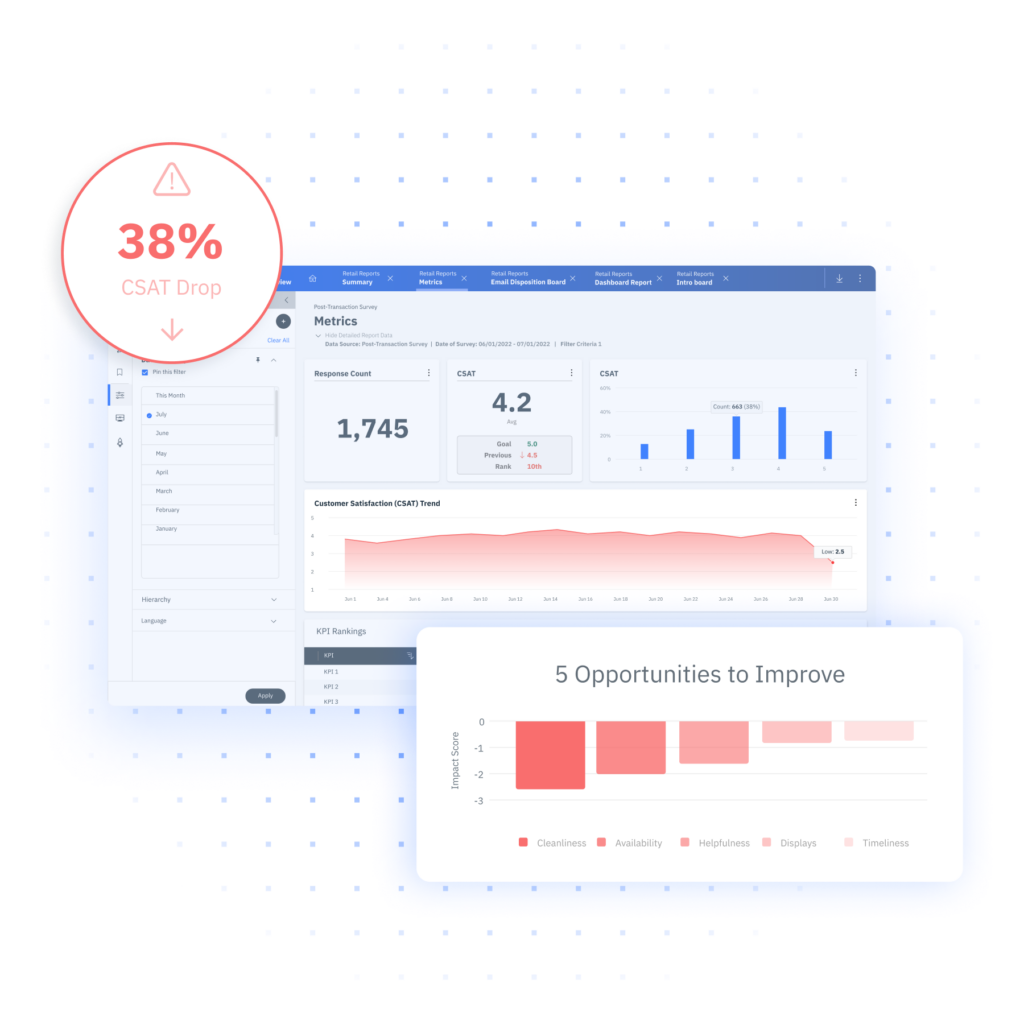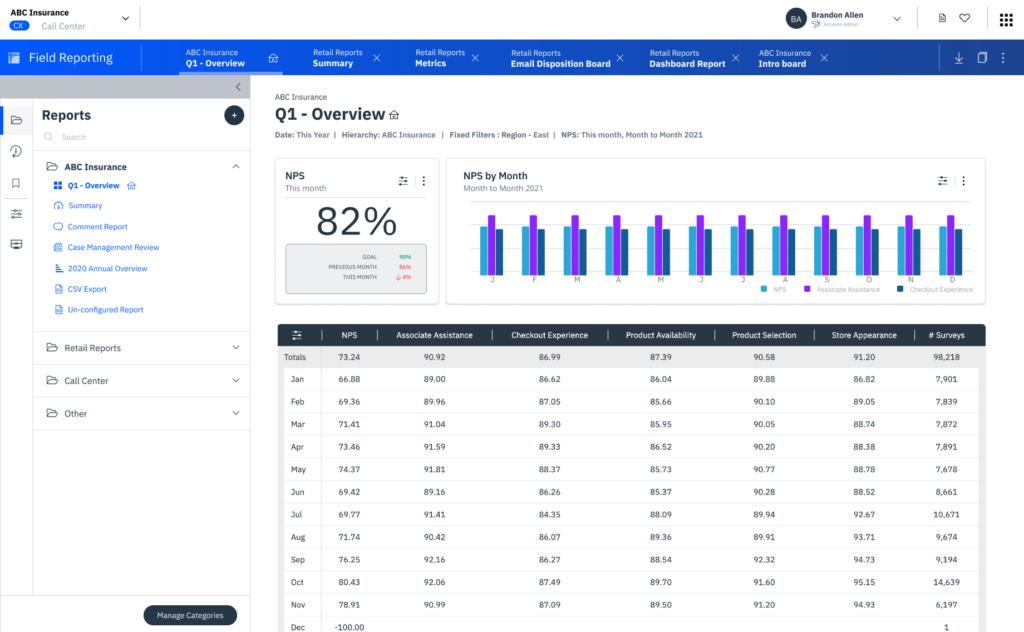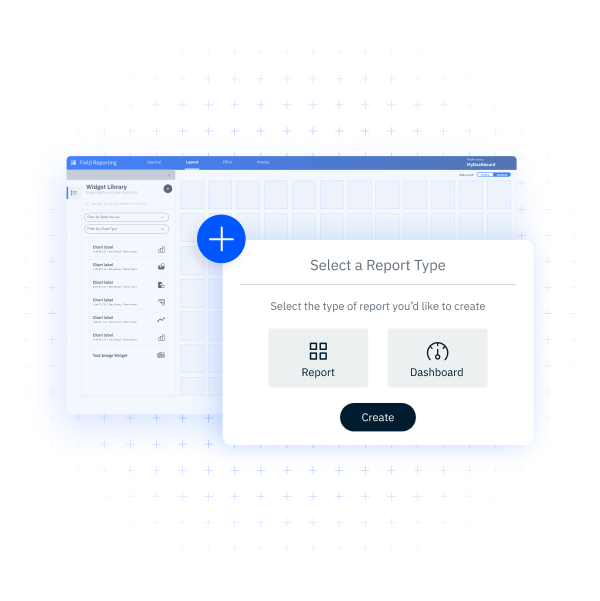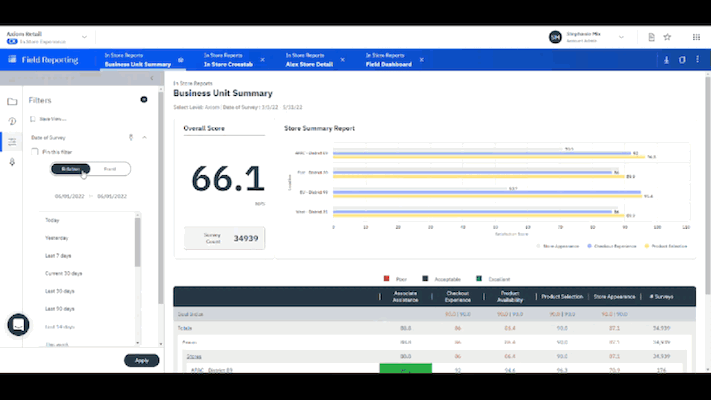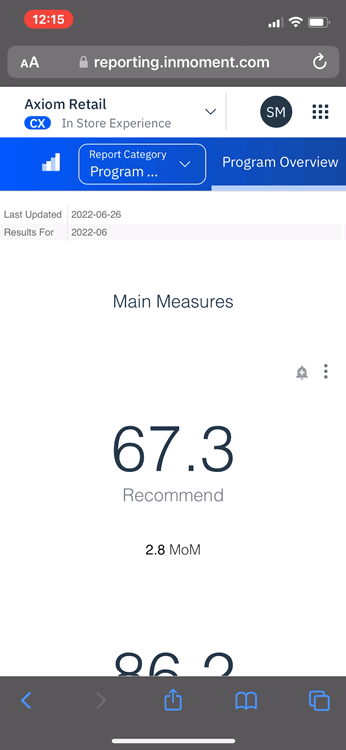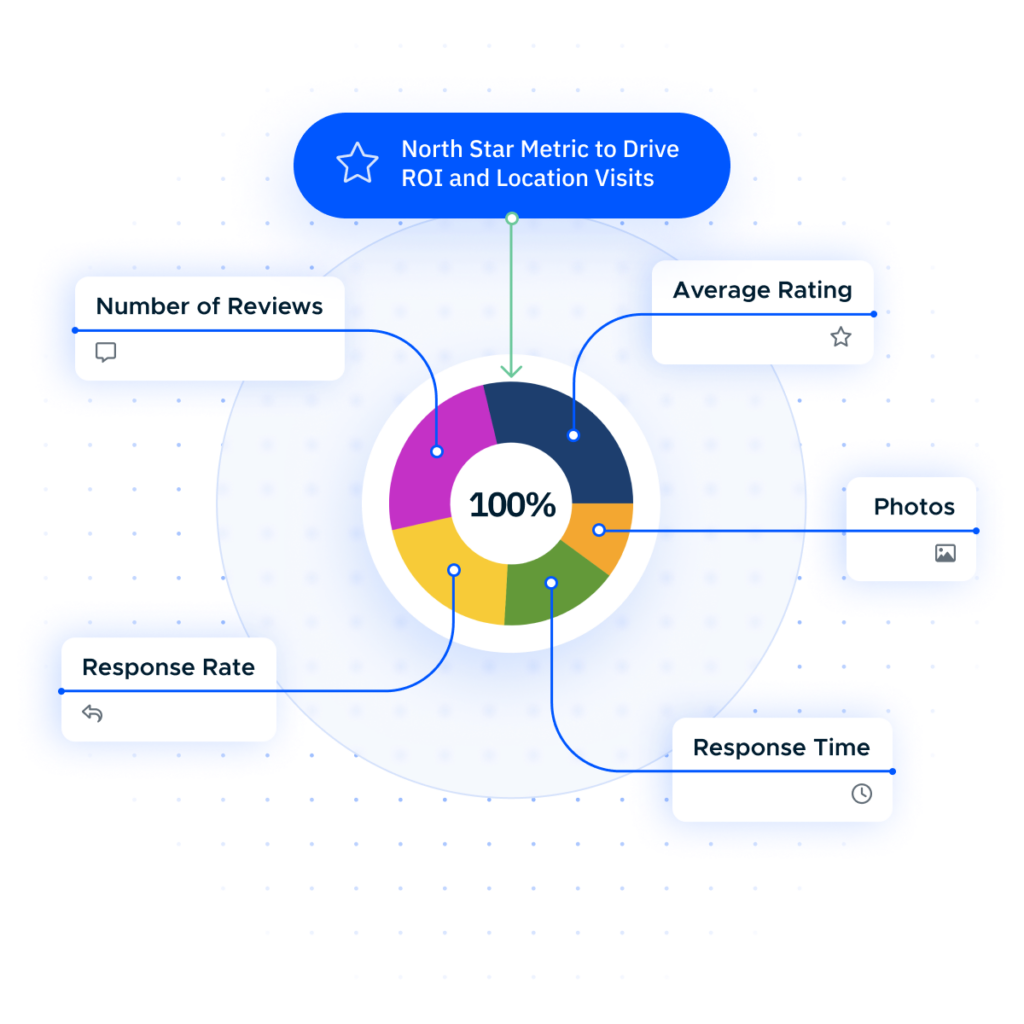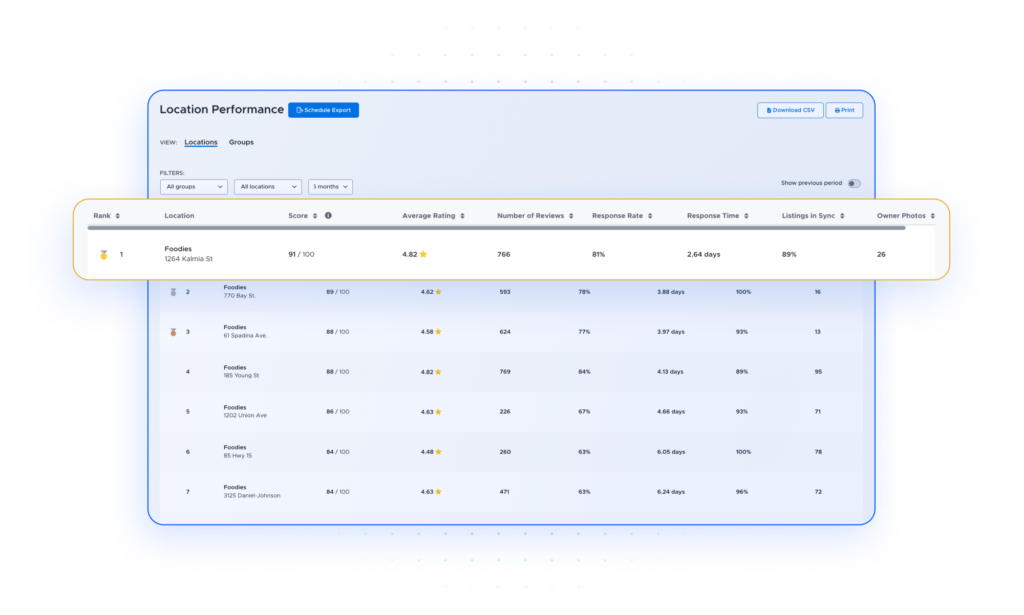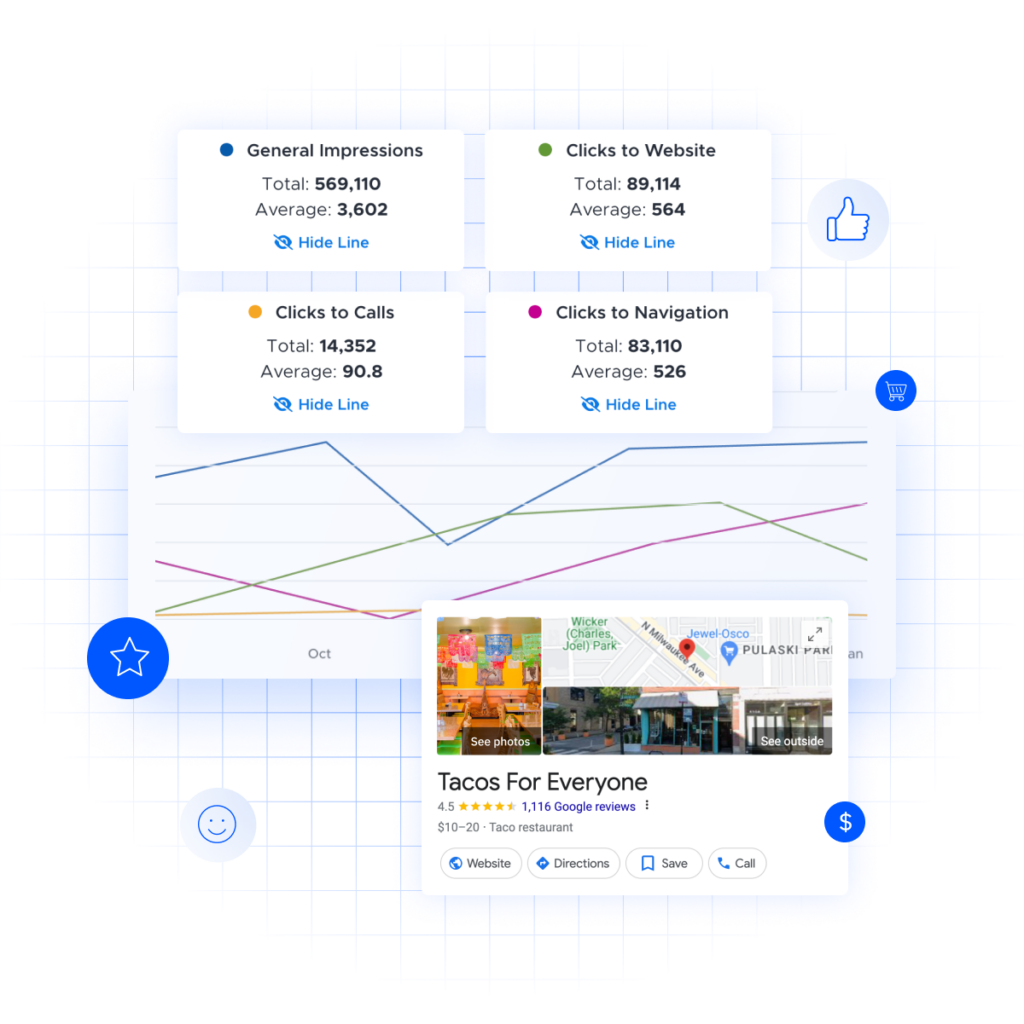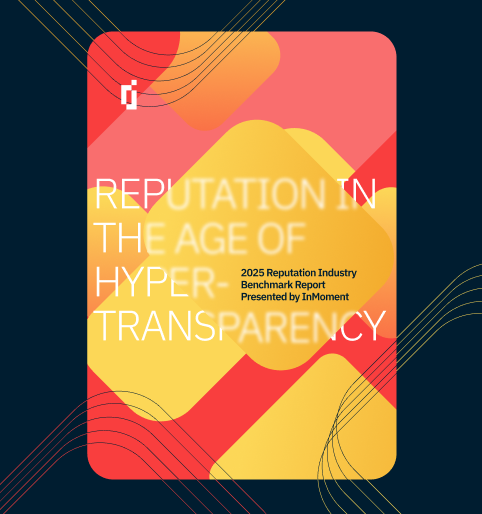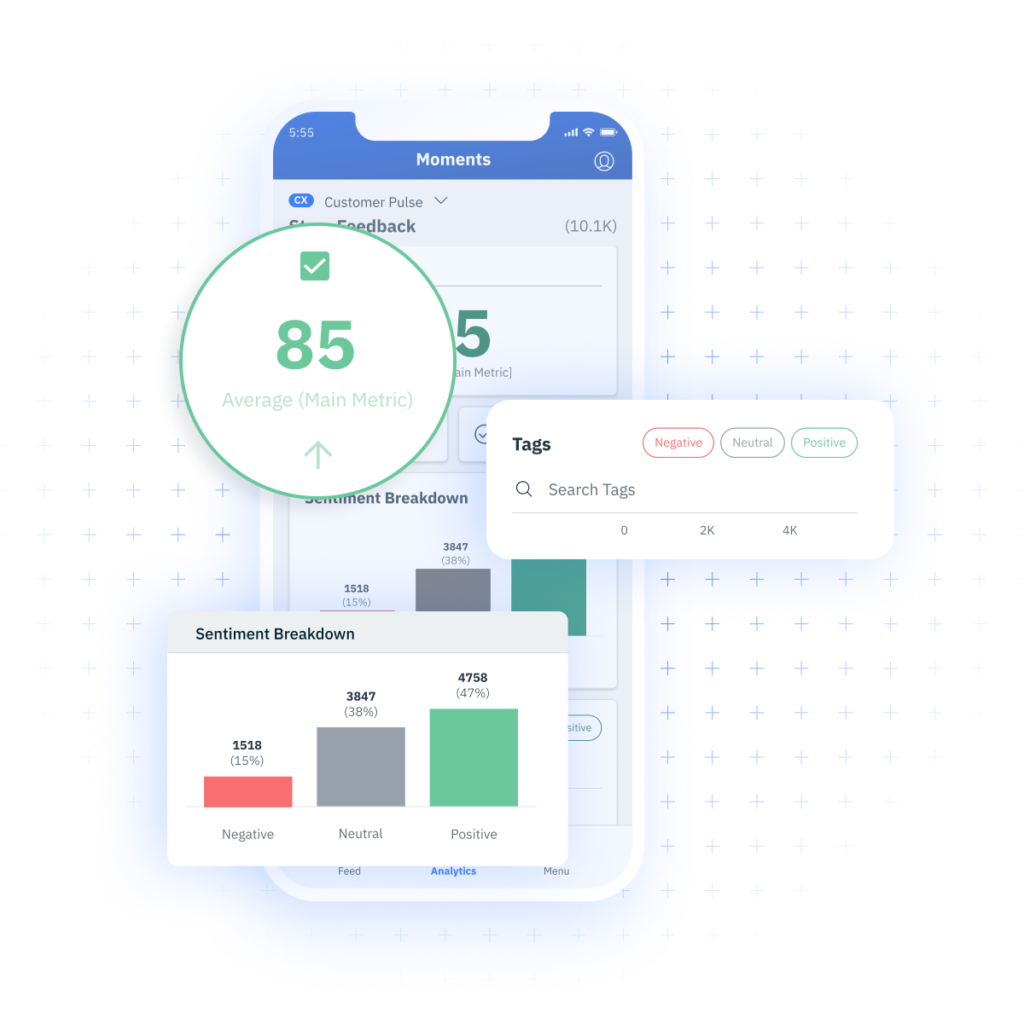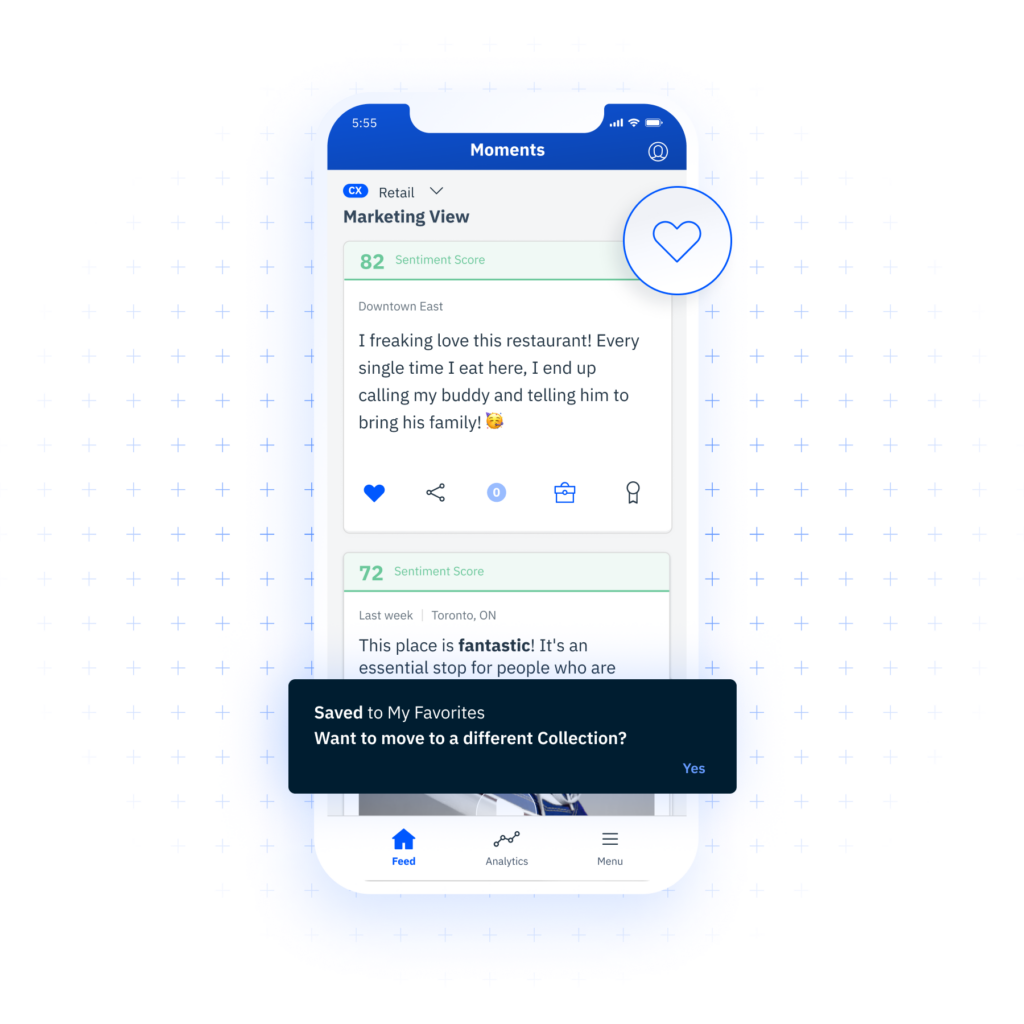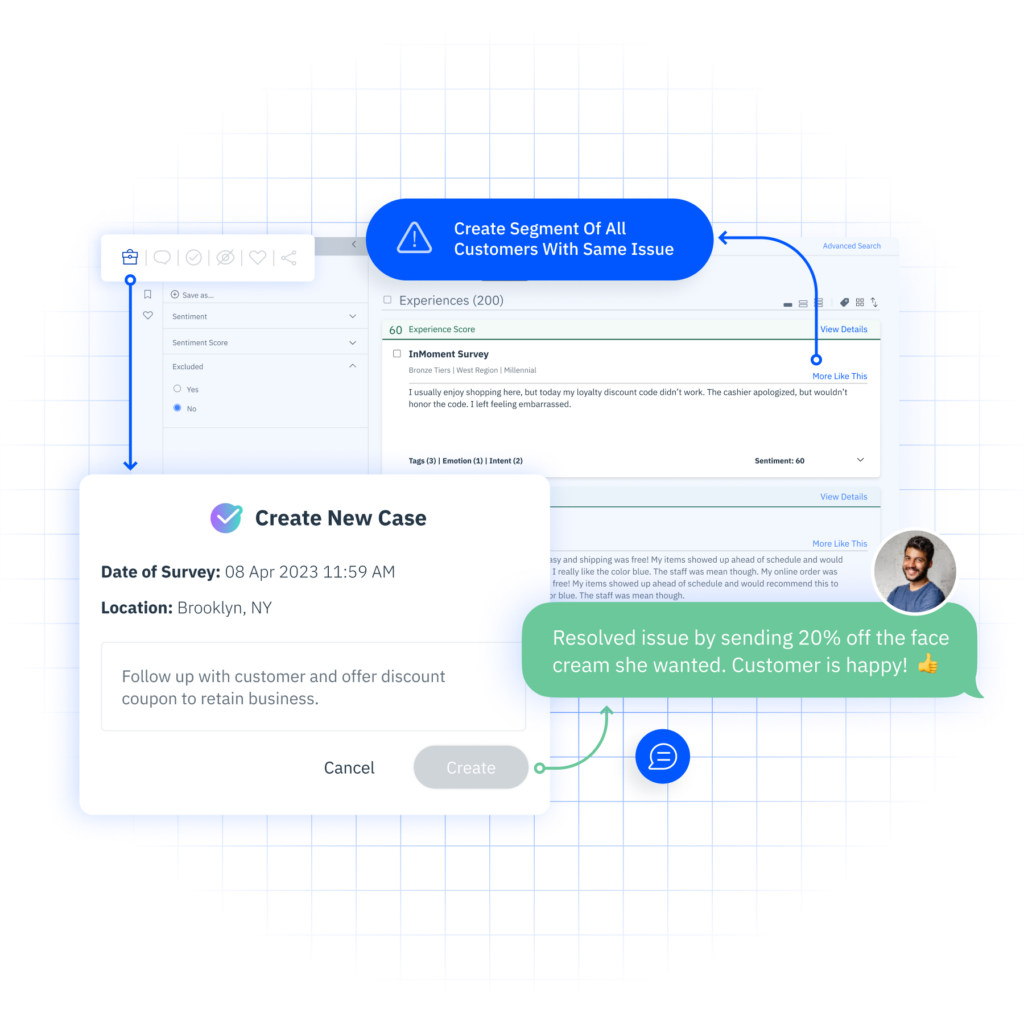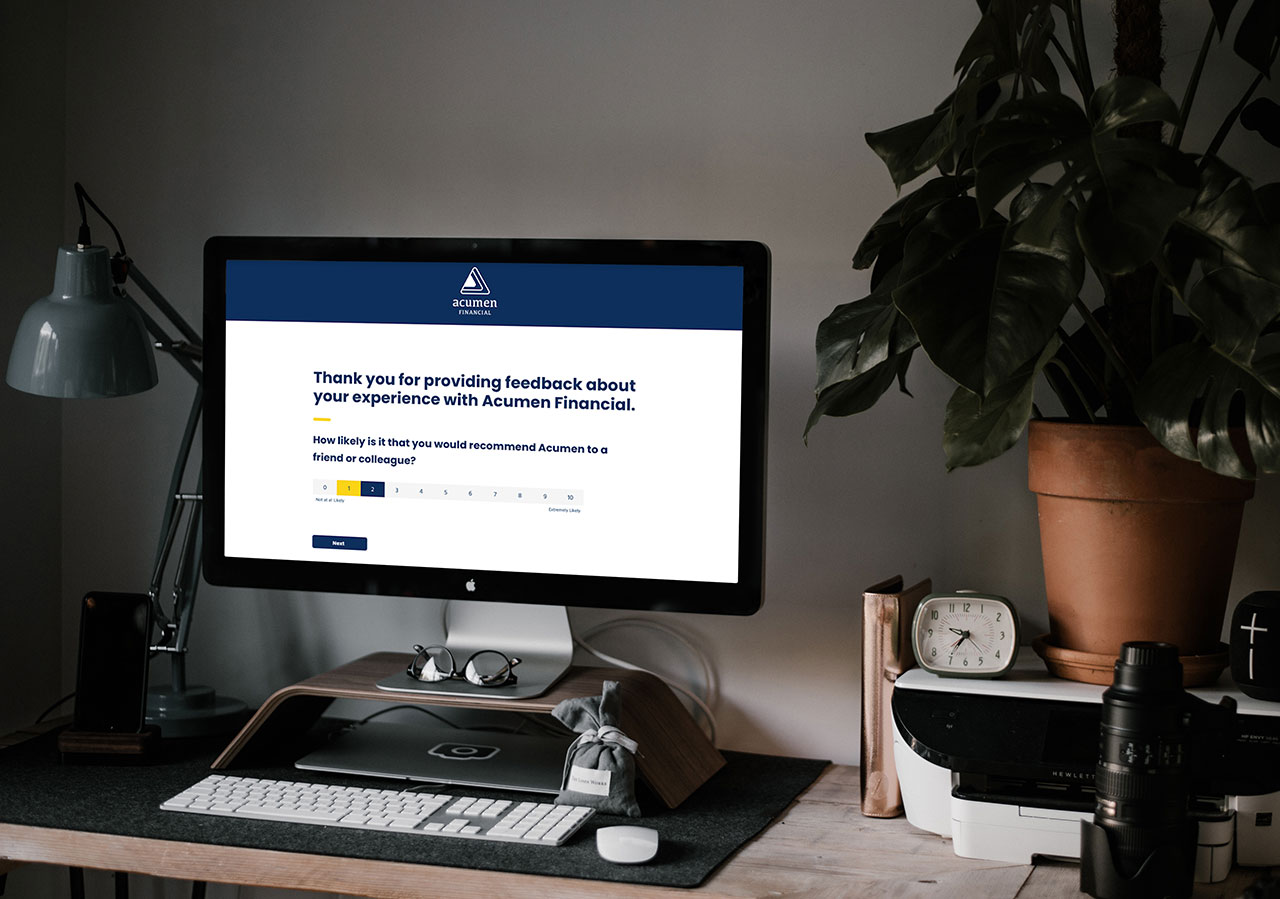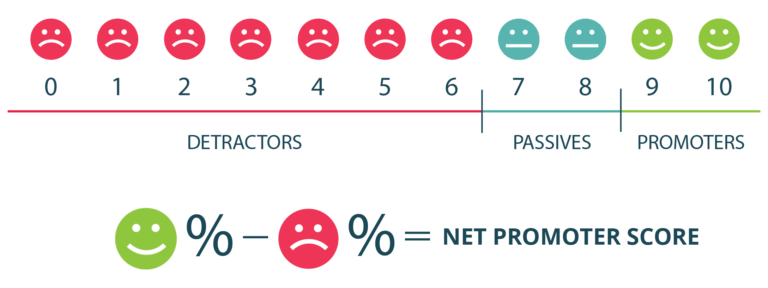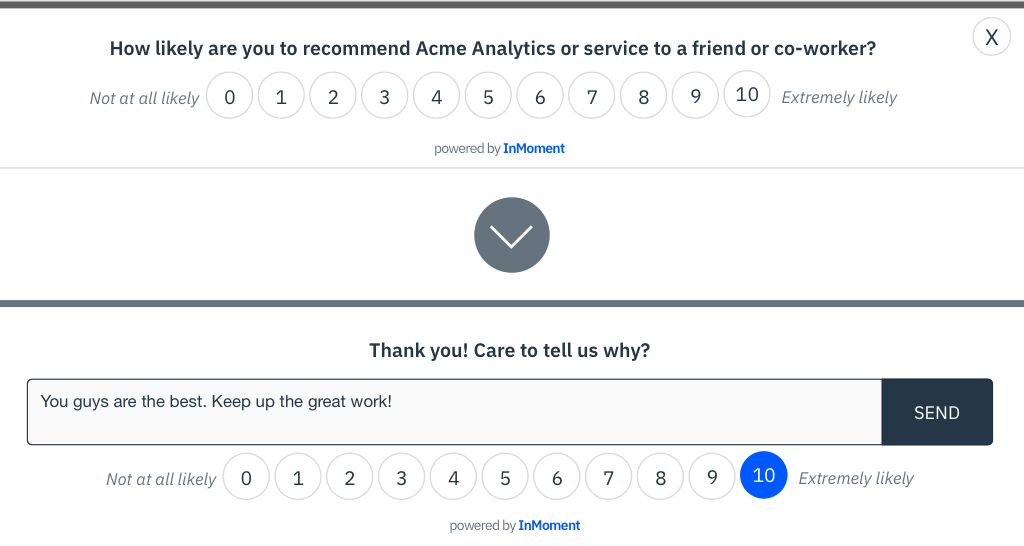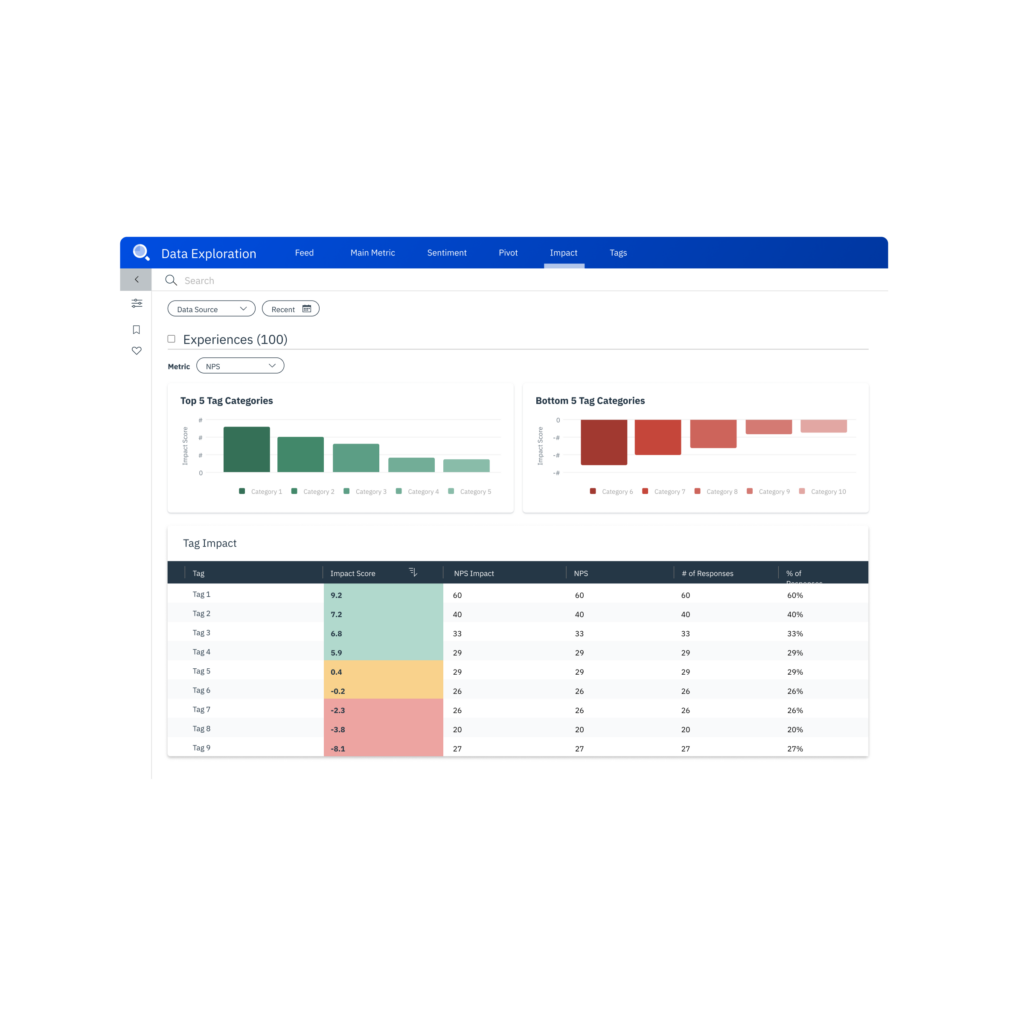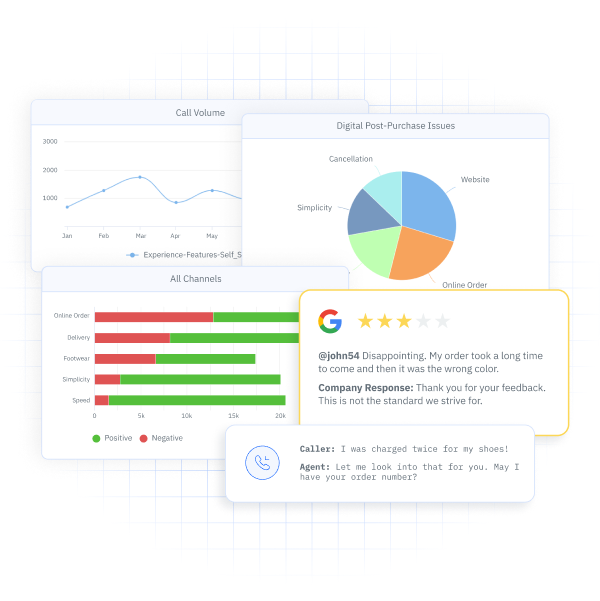Customer Experience ROI: Calculate the Real Value
Understanding the returns of customer experience (CX) programs is crucial for any business looking to grow. Let’s go over the importance of CX ROI, key metrics to track, and how to prove its value to leadership.
What is the ROI of Customer Experience?
Customer Experience ROI is a critical metric that measures the financial impact of enhancing customer experiences. By improving customer interactions, businesses can see tangible benefits like increased sales, improved retention, and heightened customer loyalty. These benefits, when translated into financial metrics, help justify investments in these customer experience initiatives.
Despite the ROI being calculable (just check out our handy ROI calculator a bit further down the page!), there’s a caveat: it’s notoriously difficult to prove.
Why is CX ROI Difficult to Prove?
Proving the ROI of customer experience (CX) is challenging for several reasons:
- Intangible Benefits: Many benefits of a positive customer experience, such as increased customer loyalty, brand reputation, and customer satisfaction, are intangible and difficult to quantify directly in monetary terms.
- Long-Term Impact: The effects of improved CX often manifest over the long term, making it hard to directly link short-term financial performance with CX initiatives. For example, a great customer experience might not immediately result in increased revenue but could lead to sustained customer loyalty and higher lifetime value over time.
- Complex Customer Journeys: Customers interact with brands across multiple channels and touchpoints, making it challenging to attribute a specific financial outcome to a single CX initiative. The interconnected nature of these interactions complicates tracking and measuring their direct impact on revenue.
- Multiple Influencing Factors: Business performance is influenced by numerous factors beyond customer experience, such as market conditions, competitive actions, and internal operations. Isolating the impact of CX from these other variables can be difficult.
- Data and Measurement Challenges: Accurately measuring the ROI of CX requires comprehensive data collection and advanced analytics. Many organizations lack the necessary tools, infrastructure, or expertise to capture and analyze the data needed to quantify CX impact effectively.
- Subjective Metrics: CX often relies on subjective metrics like customer satisfaction (CSAT) or Net Promoter Score (NPS). While these metrics provide valuable insights, translating them into financial outcomes or ROI can be challenging.
Because of these factors, demonstrating the financial return on CX investments requires a nuanced approach that combines qualitative and quantitative analysis, along with a deep understanding of the broader business context.
Why is Customer Experience ROI So Important?
Investing in customer experience isn’t just about making customers happy—it’s about driving substantial business growth. Key growth factors include customer retention and loyalty, revenue expansion, cost efficiency, brand differentiation, innovation, and sustainable long-term development. As a result, ROI becomes a crucial metric in customer experience metrics for any business focused on achieving lasting success. Consider these key ROI statistics for businesses that focus on customer experience:
- Businesses that prioritize customer experience grow their revenue 1.7 times faster than those that don’t.
- On average, companies focusing on CX see a 2.3 times increase in customer lifetime value.
- 66% of businesses prioritizing CX report increased retention, while 60% see a boost in customer lifetime value.
- Customer experience leaders achieve a 307% return on their stock performance, significantly outperforming the S&P 500 Index.
Moreover, businesses that prioritize customer experience invest heavily in it, with an average of 12 dedicated budget lines. Measuring the success of CX initiatives and sharing insights with your team and leadership is vital to continually improving and achieving these results.
How to Measure the ROI of CX?
Measuring the ROI of customer experience can be challenging and cumbersome. It involves tracking several key metrics that reflect the effectiveness of your CX strategies. A few crucial metrics you’ll want to account for before and after your efforts include:
- CX Objective: Based on your CX strategy, what was the metric that you were trying to improve that closely correlates to your business goals?
- Customer Lifetime Value (CLV): The total worth of a customer over the entire relationship.
- Churn Rate: The percentage of customers who stop doing business with you over a given period.
- Cost of Support: The expenses associated with providing customer support.
- Average Transaction Size: The average amount of money spent by a customer per transaction.
- Net Promoter Score (NPS): A measure of customer loyalty based on their likelihood to recommend your brand.
- Customer Satisfaction (CSAT): A measure of how satisfied customers are with your products or services.
- Customer Effort Score (CES): A measure of the ease with which customers can interact with your business.
Linking these metrics to financial outcomes can provide a clear picture of your CX ROI. Therefore, after you have gathered all your data from your customer experience strategy, here’s one basic way you can measure your CX ROI:
- Compare the financial gains to the cost of support by subtracting the total cost of your CX initiatives from the benefits gained. This should give you the net financial impact of your CX efforts.
Net Gain = Total Financial Gain – Cost of Support
For example, if you invested $50,000 into a CX initiative and the total financial gain was $100,000, that leaves you a net gain of $50,000. - To calculate the ROI, you can take the total net gain divided by the total CX investment costs, then multiply it by 100 to get your percentage.
CX ROI = (Net Gain from CX Strategy / Total CX Investments Costs) x 100
This percentage shows how much return you’re getting for every dollar spent on the customer experience. For example, taking the example from step 1, you’ll want to divide $50,000 by $50,000 and multiply by 100, your CX ROI is 100%. This percentage shows how much return you’re getting for every dollar spent on the customer experience.
However, many other factors can influence the ROI of your customer experience, including industry benchmarks and standards, the number of promoters, contact center experience, and more. Therefore, InMoment has created an in-depth CX ROI calculator that allows you to easily enter your own data. Our calculator can help quantify these metrics and track your progress over time.
Check out the handy calculator here! Want to see the entire suite of calculators? Visit our CX ROI calculator page, here.
How to Prove CX ROI to Leadership?
To gain executive buy-in for customer experience initiatives, it’s crucial to clearly demonstrate how these efforts translate into measurable business growth. Start by establishing a direct correlation between CX improvements and key financial outcomes such as increased sales, higher customer retention rates, and a greater volume of transactions.
Data-Driven Storytelling
One effective approach is to create a compelling narrative supported by data. For example, if you’ve enhanced your Net Promoter Score (NPS) by 10 points and subsequently experienced a 5% increase in customer retention, this direct correlation can be powerful evidence of the ROI of your CX efforts. Presenting these kinds of data points helps leadership see beyond the abstract value of customer satisfaction and focus on the concrete financial benefits.
Build a Comprehensive ROI Model for CX Initiatives
In addition, consider building a comprehensive ROI model that ties specific CX initiatives to business outcomes. This model can include a variety of metrics, such as customer lifetime value (CLV), reduction in churn rate, and cost savings from improved operational efficiency. By demonstrating how these metrics align with broader business goals, you make it easier for leadership to justify continued investment in customer experience initiatives.
Track Long-Term Metrics for Sustained Reporting
Also, don’t forget to emphasize the importance of tracking these metrics over time. Consistently showing how CX improvements drive long-term growth will help not only secure initial investment but also maintain ongoing support. Leadership is more likely to support initiatives that show sustained, quantifiable returns.
Additional Tip: Consider sharing competitor benchmarks and industry trends to drive home the importance of your CX initiatives.
Real-Life Examples of Customer Experience ROI
Foot Locker
Foot Locker has always put the customer at the center of everything they do, gathering feedback across various channels such as email, call center logs, and social media. However, the vast amount of data collected posed challenges, including:
- Inconsistent Data Categorization: Difficulty in automatically categorizing documents using a common taxonomy.
- Fragmented Feedback Sources: Lack of a uniform view of feedback data from different channels.
- Limited Analytics Visibility: Inability to understand or modify system-generated results easily.
To overcome these obstacles, Foot Locker partnered with InMoment, leveraging our Spotlight tool. This solution allowed them to:
- Centralize Feedback Streams: Consolidate all feedback into a single platform for uniform analysis.
- Automate Categorization: Use a universal taxonomy to efficiently capture and track key insights.
- Enhance Data Transparency: Easily adjust analytics to meet changing needs, ensuring accurate and actionable data.
With these improvements, Foot Locker can now proactively address negative retail customer experiences, reduce churn, and enhance overall business outcomes, solidifying their leadership in the sneaker retail market.
America’s Largest Cable and Home Internet Provider
To reduce customer churn, a telecom giant partnered with InMoment to identify at-risk customers and promptly address their concerns. InMoment’s customer listening technology was implemented in regional care centers to immediately collect customer feedback after each interaction. When customers give negative responses, they are offered the chance to speak with a manager. Real-time alerts notify managers of callback requests, leading to 1,000 recovery opportunities monthly. With each customer worth an average of $1,920 annually, this approach identified $23 million in annual revenue by retaining dissatisfied customers.
North American Fast Casual Giant
A fast-casual restaurant brand that has become a household name with its unique blend of quick, convenient service and mouth-watering menu items has seen tremendous success with its CX initiative. Since partnering with InMoment to get a better understanding of their experience and where they can take effective action to improve it, their OSAT score has increased by 34%. Additionally, the brand saw 4% revenue growth in just one year after implementing their new solution!
Tesco
Tesco—a mammoth multinational grocery and general merchandise retailer—knows its customers want more than just a mundane, transactional grocery shopping experience. So it works to create a unique shopping experience for its customers by encouraging its 330,000 employees across the UK to give a little bit extra through a programme called, Every Little Helps. With this mantra at the core of the company’s mission, Tesco has grown to become the fifth largest retailer in the world with £48 billion in annual revenue and 7,300 locations in 10 countries.
TELUS
Leading the telecommunications industry, TELUS is Canada’s fastest growing telecommunications company with more than 13.1 million customer connections. Whether it be personal, business, health, or security oriented, TELUS offers a full scale of innovative telecommunication products and services. To continuously improve their customer experiences, the brand partners with InMoment and focuses on and ROI driven strategy.
In just 18 short months, TELUS saw a $1M increase in annual savings, a 100% increase in customer feedback volume, best-in-class response rates, and a 1-in-3 recovery for customers who received a follow-up. Furthermore, by focusing their efforts to reach more customers with proactive recovery, they have seen a $5 million-dollar opportunity in churn reduction. TELUS can expect to see further increases in these areas due to their continuous attention to response trends.
These real-world examples clearly illustrate the significant impact that a strategic investment in customer experience can have on a company’s bottom line. By leveraging advanced tools and methodologies, businesses like Foot Locker, TELUS, and others have not only improved customer satisfaction but also unlocked substantial financial returns. Whether through reducing churn, increasing customer loyalty, or driving revenue growth, the ROI of a customer-centric approach is both measurable and compelling. Investing in customer experience is not just a good business practice—it’s a critical driver of sustainable success.
Mistakes to Avoid When Measuring CX ROI
When measuring the ROI of customer experience, it’s essential to steer clear of common pitfalls that can undermine the accuracy and effectiveness of your analysis:
- Focusing on Short-Term Metrics: CX improvements often require time to manifest in financial outcomes. It’s important to maintain a long-term perspective and avoid dismissing initiatives that don’t show immediate results. Patience is key to seeing the full impact of CX investments.
- Ignoring Customer Feedback: Customer feedback is a goldmine of insights for identifying areas where CX can be improved. Neglecting this feedback not only risks missing out on valuable information but can also lead to misguided investments in areas that don’t resonate with your customers.
- Not Considering Employee Experience: The link between employee experience and customer experience is strong. Happy, engaged employees are more likely to deliver better customer service, leading to improved CX. Ignoring this connection can result in missed opportunities to enhance both employee and customer satisfaction.
- Overlooking the Full Customer Journey: CX is not confined to a single touchpoint; it spans the entire customer journey. Ensure that your measurement efforts consider every interaction a customer has with your brand, from awareness to post-purchase support.
By avoiding these common mistakes and focusing on a holistic, data-driven approach to measuring CX ROI, you’ll be well-positioned to present a compelling case to leadership. This will help you secure the necessary resources to kickstart your CX program and demonstrate the ongoing value of these initiatives as your program evolves.
See ROI in Half the Time with InMoment
At InMoment, we understand the challenges of demonstrating ROI from customer experience initiatives. That’s why our integrated customer experience program is designed to help you see ROI in half the time. By focusing on the metrics that truly matter and leveraging our advanced analytics tools, we empower your business to transform customer experience into a powerful driver of growth.
Whether you’re just starting your CX journey or looking to advance an existing program, InMoment provides the insights and support you need to achieve measurable, impactful results. If you’re ready to see what we can do to supercharge your business, schedule a CX demo with us today!
References
HubSpot. Customer Experience ROI: How to Convince Leadership It’s Worth It. (https://blog.hubspot.com/service/customer-experience-roi) Accessed 8/16/24.


